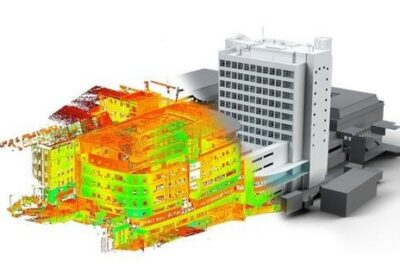
Blockchain Basics: A Beginner’s Guide
You’ve heard about blockchain technology. If not the topic itself, at least its buzzwords such as cryptocurrency, bitcoin, or NFTs.
You even went through some informative videos on YouTube or articles from other notable blogs but still don’t know much about it. We prepared this short, straightforward blockchain basics guide for you.
Keep reading to learn more.
Blockchain Basics
A blockchain is a digital ledger of all cryptocurrency transactions. It is constantly growing as new blocks are added with a new set of recordings.
Each block contains a crypto hash. It also contains timestamp and transaction data. Blockchains are known for their role in cryptocurrency transactions for their transparency and immutability. It guarantees safer and faster negotiations without needing a third party.
How Does Blockchain Work?
Once a new transaction is entered, it will be transmitted to a network of computers that will solve equations to validate the transaction. Once confirmed, it will be clustered into blocks and chained together to form the blockchain.
Blockchain records and distributes information without allowing said information to be edited. It functions as a digital ledger. The transactions done within it will not be altered or destroyed.
What Are the Benefits of Blockchain?
Blockchain technology offers multiple benefits, some of which are:
Security
Blockchain technology is much more secure than traditional record-keeping methods. Because each block is linked to the one before it, it would be impossible to go back and change any information without getting caught.
Decentralization
One of the significant advantages of blockchain is that it doesn’t require a central authority to keep track of transactions. This means that no one person or organization can control or manipulate the data.
Efficiency
With blockchain, there is no need for intermediaries, which can often slow down or even block transactions. This can save a lot of time and money.
Transparency
All transactions added to the blockchain are public and can be seen by anyone. This can help to prevent fraud and other illegal activities.
What Are the Characteristics of Blockchain?
Blockchain is characterized as being distributed, transparent, and immutable.
Distributed
A global network of computers uses blockchain technology to manage the database that records transactions jointly. That is, Bitcoin is governed by its network and not any one central authority.
Transparent
Each Bitcoin transaction is visible to the entire network. By design, the blockchain is inherently resistant to modification of the data.
Immutable
Once a transaction is recorded on the blockchain, it cannot be altered. This is important because it ensures the network’s security and allows users to trust that the data on the blockchain is accurate.
Now that you’ve learned most of the basics of blockchain feel free to research more in-depth topics such as web3. It is a new iteration of the World Wide Web-based on the basic blockchain code.
Blockchain Technology Is the Future
The rise of blockchain technology is inevitable as the world progresses into the digital age. With its unrivaled security and transparency, blockchain is set to revolutionize how we interact with the digital world.
By decentralizing data and eliminating the need for third-party intermediaries, blockchain will make it easier to conduct transactions and store data. In the future, blockchain will become the backbone of the digital economy, powering everything from financial transactions to identity management and data sharing.
If you enjoyed reading this article about blockchain basics, you should check out some of our other posts! We’re sure you will love them too.















